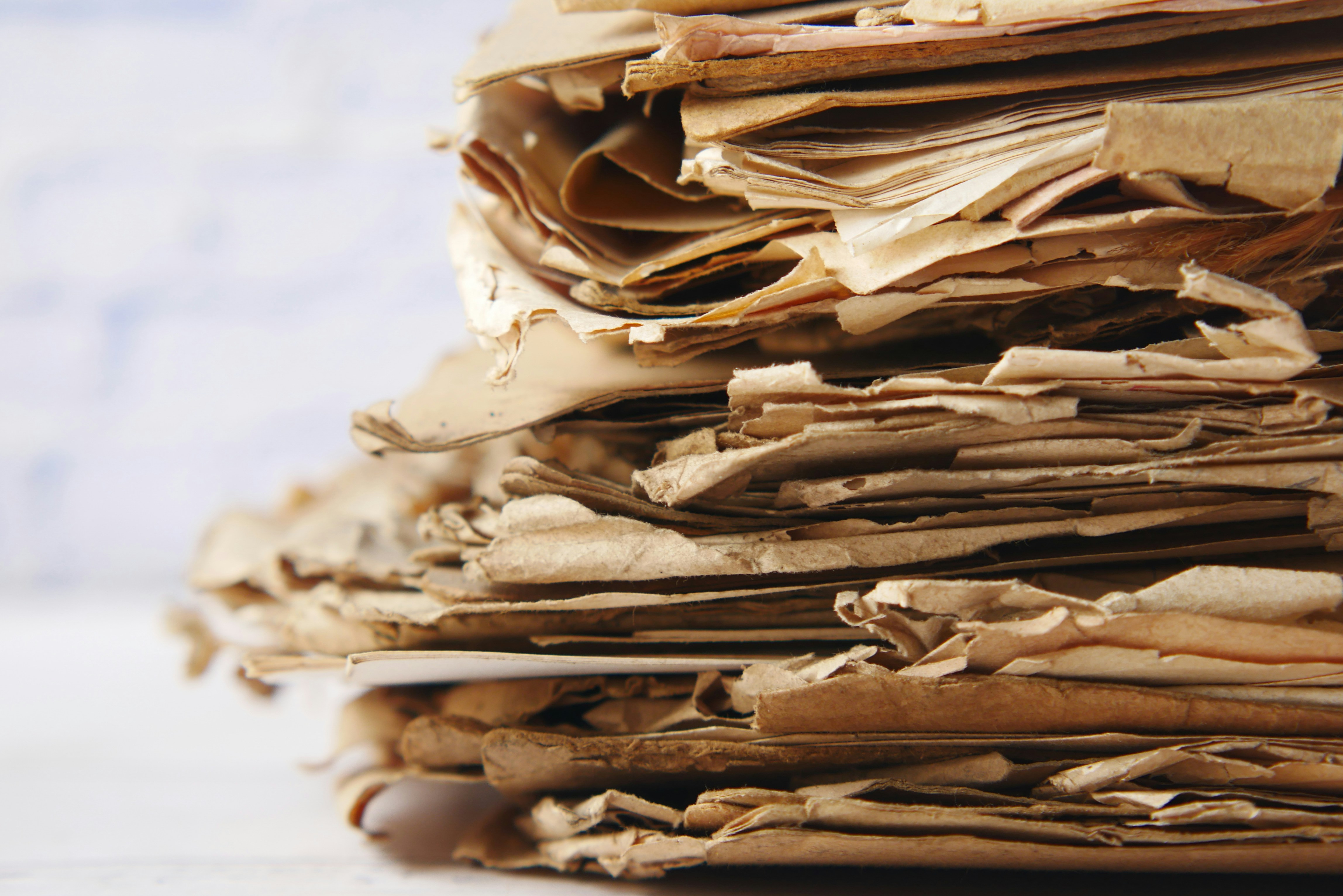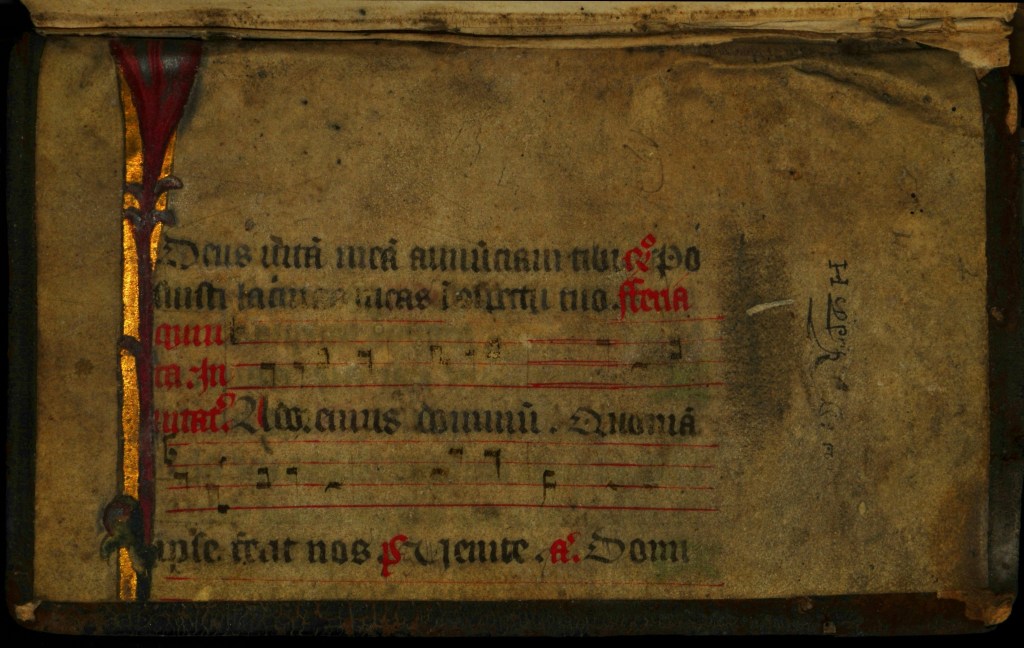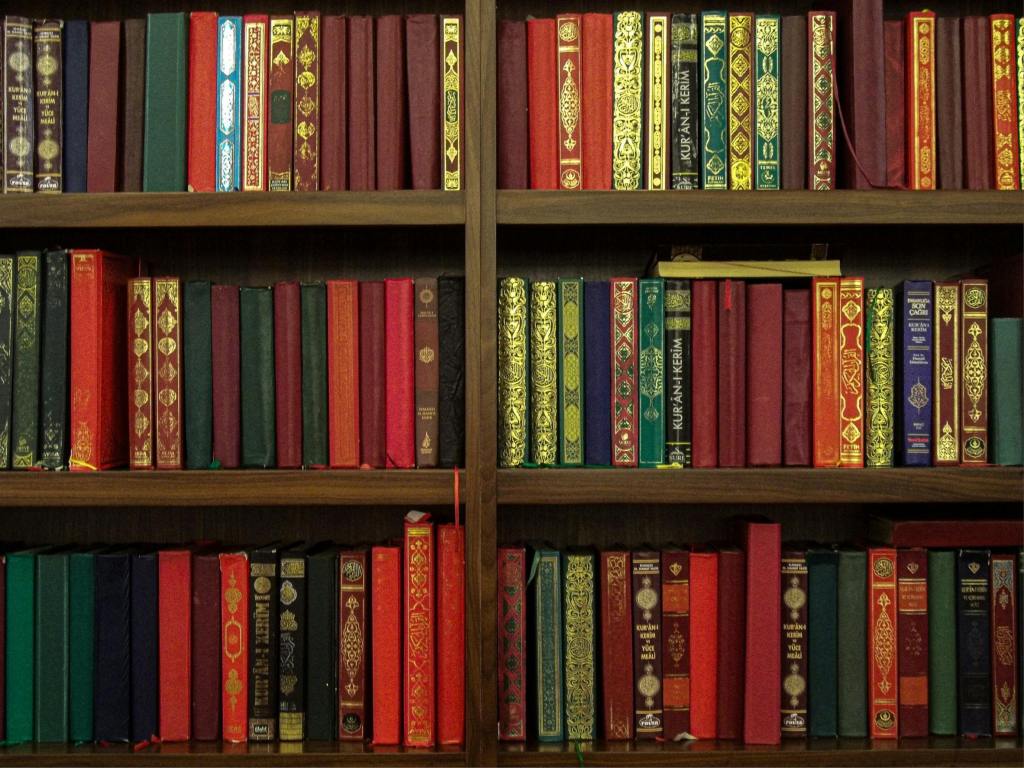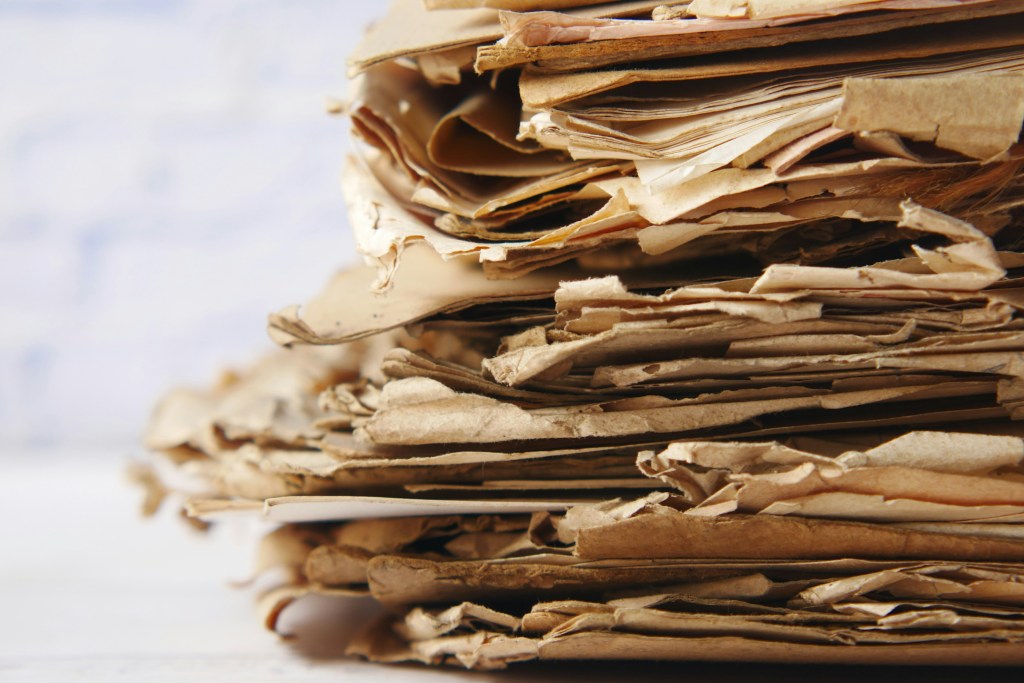
Best Practices for Protecting Manuscript Collections in Libraries

Best Practices for Protecting Manuscript Collections in Libraries
Safeguarding manuscripts is essential because of their immense cultural, historical, and scholarly value. These documents offer insights into past societies and reflect their thoughts and beliefs.
Join us in discovering effective preservation techniques and proper archival storage methods to ensure these valuable artifacts are maintained for future generations. By doing so, we honor our heritage and support ongoing research.
Creating the Right Environment: Temperature and Humidity Control
Maintaining stable temperature and relative humidity levels is crucial for preventing decay and damage to delicate paper materials.
Temperature and humidity control
Rare books with delicate paper will not fare well in environments with inconsistent temperature and humidity levels. Fluctuation creates an environment conducive to mold and other forms of decay.
When humidity levels are too high, moisture can accumulate in the paper, leading to warping and the ideal conditions for mold growth. Conversely, overly dry conditions can cause brittleness, tearing, and cracking, further damaging the manuscript/parchment.
Light exposure
In addition to controlling temperature and humidity, it is equally important to monitor and limit light exposure. Ultraviolet (UV) light can cause significant fading of paper, dyes, inks, and pigments.
Art, illustrations, and photographs are especially vulnerable to light damage, which can result in permanent loss of color and detail. Therefore, managing light exposure is vital to ensuring the long-term preservation of paper materials.
Preservation
Depending on the specific materials in your collection, it’s worth investigating how libraries, archives, and conservators manage their environmental conditions.
For those storing manuscripts or rare books in rooms with windows, consider using UV-blocking window films and maintaining low-intensity lighting. This can help mitigate potential damage from light exposure.

Selecting Archival Materials: Acid-Free and Beyond
Using acid-free folders, boxes, and other archival supplies is crucial for the preservation and protection of manuscript collections. These supplies protect against chemical deterioration, keeping your documents intact over time.
Importance of acid-free materials
Acid-free materials are the best line of defense when preserving rare books and manuscripts. They help create a stable environment, minimizing exposure to harmful substances that can lead to deterioration.
Acid-free boxes, folders, and sleeves protect your collection and reduce damage during storage and handling. They are made from archival-quality materials that won’t acidify or corrode your items.
Avoid using plastic containers to store valuable documents. They can release harmful gases and trap moisture, leading to mold and damage.

Proper Handling Techniques and Guidelines
When dealing with fragile manuscripts, it’s essential to follow specific handling guidelines to minimize physical stress on the pages.
Extending the life of rare books
Always ensure that you are in a clean environment to control dust and pollutants that can damage these delicate materials. Cataloging your collection helps ensure proper handling by tracking their condition and location, preventing unnecessary wear and tear.
The gloves dilemma
There is a common belief that gloves are essential when handling rare books. Although our fingers can transfer dirt and oils onto delicate paper, gloves may reduce dexterity, raising the risk of tears.
In most situations, clean hands are preferred for handling manuscripts. However, clean gloves are recommended when dealing with materials that pose health hazards, such as mold and arsenic.
Conservators recommend wearing gloves (vinyl and nitrile gloves, specifically) for handling books with metal or ivory parts.
Careful handling methods
To handle manuscripts properly, always wash your hands beforehand. When removing books from shelves, grip both sides of the spine in the middle rather than tugging at it, which could cause damage.
Additionally, avoid forcing the book to lie open at a full 180 degrees. Instead, propping the covers up can help maintain a more natural angle and reduce stress on the spine and pages.

Lighting, Dust, and Pollutants: Keeping Manuscripts Safe
Limiting light exposure is crucial in preserving the integrity of paper and ink. If your room is exposed to direct sunlight, consider implementing measures such as UV window film or using curtains to block sunlight.
Additionally, if you are storing valuable items in boxes, they should be opaque enough to completely block any light. For optimal protection, opt for museum-archival-quality boxes whenever possible.
Dust and pollutants control
Dust and pollutants can significantly damage your collection items, so it’s essential to maintain a clean environment. Regularly dust any exposed items and conduct routine checks on pieces stored away to ensure they remain in good condition.
Conservation best practices
Rodents such as mice and cockroaches are particularly damaging, as they may chew through fragile pages. Regularly inspect your storage areas for signs of pests and deploy pest control measures if you detect any presence.

Security Measures and Shelving
Ensuring that valuable items are stored safely begins with the use of secure shelving. Sturdy shelves that are properly installed prevent accidents and damage to the collections they hold.
Shelving should be designed to support the weight of the items without bowing, collapsing, or causing books to be sandwiched.
Labeling
Proper labeling of collections is essential for organization and accessibility, helping users easily locate items. Labels should not directly touch items to avoid damage from adhesives and acids. Instead, apply them to shelves or containers to keep the collection intact while providing information.
Security
Implementing restricted access to valuable storage areas is vital for protecting collections from theft or damage. Installing security cameras and alarm systems for monitoring and notification is recommended. Limiting access to authorized personnel decreases the risk of unauthorized handling.

Digital Preservation: Scanning and Backups
Digital copies are vital for research, enabling access to fragile historical documents without direct handling. Institutions like the Library of Congress digitize their collections to preserve materials and minimize wear and tear.
Benefits of digitization
Digitization helps preserve historical collectibles by creating high-quality digital backups, which mitigates risks associated with physical handling. This approach retains vital information and broadens public engagement with cultural heritage.
Criteria and techniques
The Library of Congress evaluates items for digitization based on their condition, risk of damage, and necessary stabilization treatment to protect originals. They use specialized scanning equipment that minimizes light and heat exposure, ensuring the preservation of the items during the process.
Best practices for digitization
Digital technicians are trained to handle materials delicately, ensuring no damage occurs. If you plan to digitize your rare books, it is highly recommended that you consult professionals and adhere to best practices.

Emergency Preparedness for Manuscript Collections
Having a comprehensive response plan for floods, fires, or other disasters is essential to safeguarding irreplaceable manuscripts. This proactive approach allows for the identification of potential risks and the implementation of protocols designed to minimize damage.
It is essential to use fire-safe storage boxes or safes for important documents and valuables. If made from archival-quality materials, fireproof document bags offer added protection.
Having a fire extinguisher easily accessible improves safety and helps protect valuable resources from unexpected disasters.

Ensuring Manuscripts Stand the Test of Time
Preserving manuscript collections is crucial for keeping these valuable artifacts accessible for future generations. By maintaining optimal environmental conditions, handling materials carefully, and storing solutions, we can significantly enhance their longevity.
Adopting these practices protects cultural heritage and deepens our understanding of history, making it essential for all custodians to prioritize these preservation strategies.
Sources
http://conserv.io/blog/special-collection-in-library
http://clark.libguides.com/c.php
http://blogs.bl.uk/collectioncare/manuscripts
http://linkedin.com/advice/1/you-have-priceless-manuscript-collection-how-can-qvuqc
About Collectibles Insurance Services
Collectibles Insurance Services has been protecting collections since 1966 and all coverage is provided by a carrier with a group rating of “A” (Excellent) by AM Best, the leading rating agency for the insurance industry.
Comprehensive coverage includes, but is not limited to: accidental breakage, burglary, fire, flood, loss in the mail, theft, natural disasters, and other causes of loss unless specifically excluded from the policy. Deductibles start at $0 for collector policies and we provide coverage for the market value of your collection for losses in excess of $50.
Additionally the protection extends At home and away, and we don't require collection itemization and serial number nor extensive paperwork and red tape.
